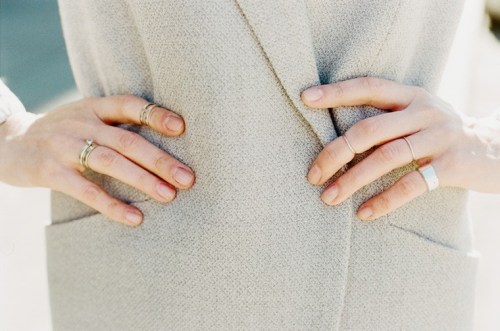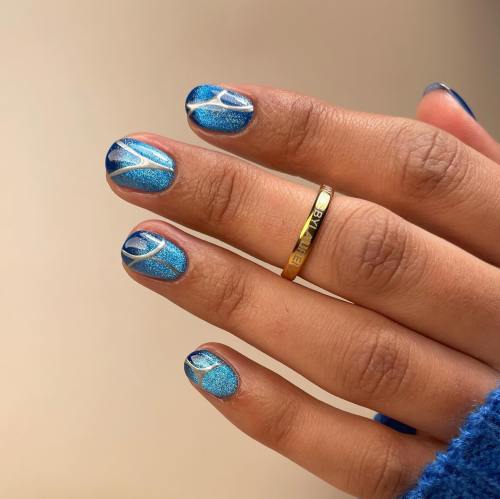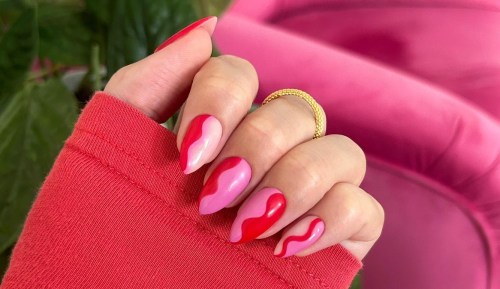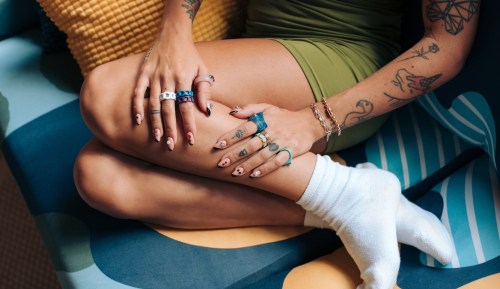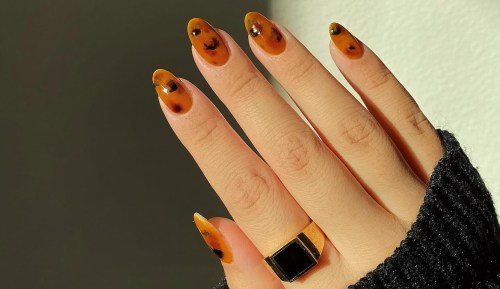Our editors independently select these products. Making a purchase through our links may earn Well+Good a commission
Check out your nails: Is the first thing you notice that they need a color refresh or trim? (Maybe it’s time to try the marble trend?) But what do you see if you strip off the polish?
If you take a closer look at your bare nails, certain symptoms—like small spots or ridges—reflect what’s going on in your body. You could say that your nails are a sort of litmus test for your health.
“Nail imperfections may not look severe, but they can indicate a vitamin deficiency or even serious health problems,” says Luiza Petre, MD, a cardiologist and nutrition expert. So even though many women rush to the salon as soon as their mani chips, taking the time to examine your bare nails can help ensure you’re on top of your nutrition and health regimen.
“Nail imperfections may not look severe, but they can indicate a vitamin deficiency.”
The best thing to do if you notice something unusual? Eat a balanced diet. “By eating a diet filled with protein, vitamins, and minerals, you’ll make your nails stronger, longer, and healthier from the inside out,” says Dr. Petre.
Keep reading for the signs to watch out for and what they mean.

It’s not nail art: “Patches of white, known as leukonychia, can mean a number of things,” says Dr. Petre. “Either a fungal infection, allergic reaction, a nail injury, vitamin deficiency, or systematic disease.” Sounds scary, but Dr. Petre says most cases are not serious and don’t require treatment. Most often, the flecks mean you need more calcium and vitamin C in your diet. “If the spots are related to an injury, however, they’ll disappear as the nail grows out,” she adds.
Just note that if the discolorations are coupled with symptoms of an infection, you may need to seek medical attention, says Dr. Petre.

If your nails are anything besides a healthy shade of pink with white tips, that could also mean a vitamin deficiency. Look for discoloration, a flat-looking shade, or streaks you know didn’t come from your polish. “It typically means you’re missing certain essential nutrients,” Dr. Petre says. She recommends taking biotin to promote healthy cell growth and filling your plate with foods rich in vitamin B: eggs, tuna, wheat germ, whole grains, and salmon, to name a few.
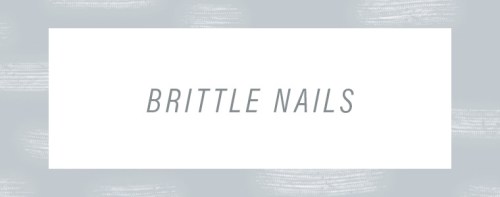
It’s really annoying (and can be painful) when your nails easily crack or split. “This is referred to as brittle,” says Dr. Petre. “It can be a sign of low thyroid, also called hypothyroidism.” She recommends adding foods like avocados and potatoes to your menu because they’re excellent sources of tyrosine—an amino acid that helps restore the thyroid.
You can also try sipping on cranberry juice (just watch out for added sugar!), a source of thyroid-booting iodine, or eating omega-3-rich foods.
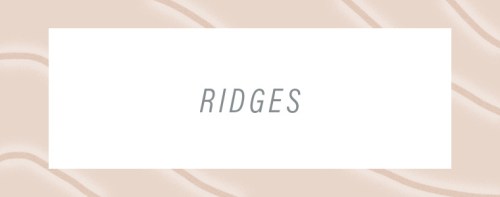
When you get those strange ridges or indentations on your nails, it could be one of two things: an iron or silica deficiency, or aging. “Distinct nail ridge lines are variations in cell turnover and the nail’s increasing inability to retain moisture,” notes Dr. Petre. “Usually you see longitudinal ridges with aging.” If they’re running horizontally, however, she says it could indicate a health problem (so see your doc).
Not sure if you’re getting enough silica? “Try having a breakfast muesli made with raw-soaked oats,” Dr. Petre says. “Or alternate days with barley bread. Pair with iron-rich foods to keep your fingers fit, like fortified cereals, eggs, and spinach.” Breakfast of champions.

If your mani’s feeling soft and easily bends or even breaks, you should up your protein intake. “Fingernails are made up of keratin, layered layers of protein,” explains Dr. Petre. “To strengthen the structure of your nails, eat healthy foods that can increase keratin levels—including meat, eggs, quinoa, beans, or other protein-rich foods.” She advises getting at least 6 ounces per day.
If you’re trying to go natural, these are 5 things to know before your next manicure. And here’s why you should be meditating at the nail salon.
Sign Up for Our Daily Newsletter
Get all the latest in wellness, trends, food, fitness, beauty, and more delivered right to your inbox.
Got it, you've been added to our email list.
